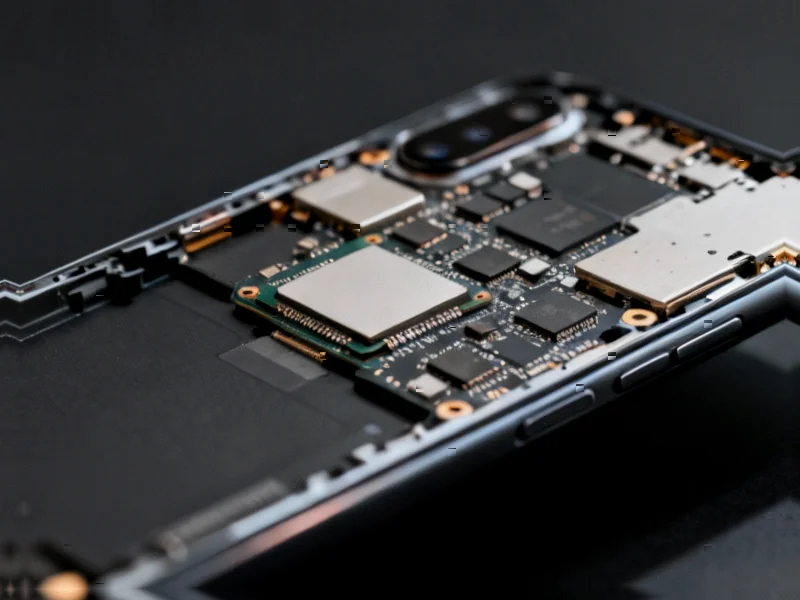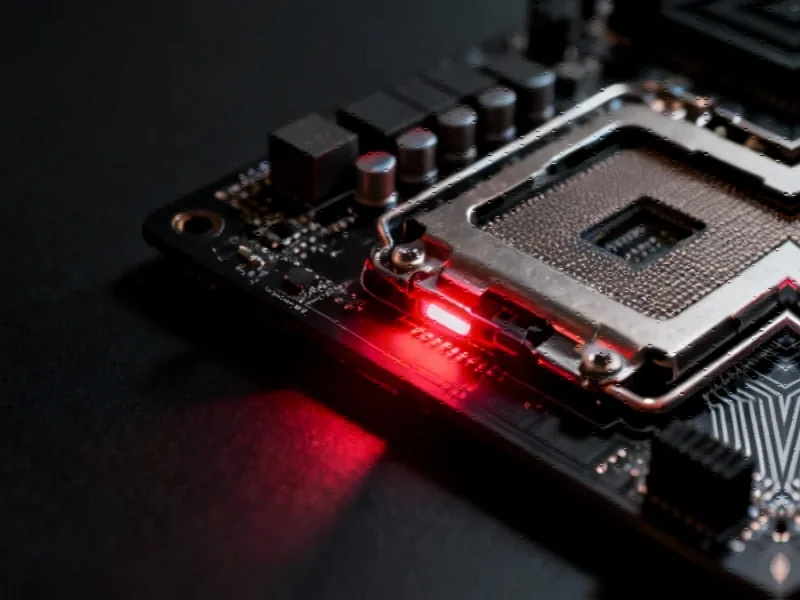According to Engineer Live, Toshiba Electronics Europe has launched six new products featuring the DTMOSVI 600V series of N-channel MOSFET chips in 4-pin TO-247-4L(X) packages. These TKxxxZ60Z1 devices achieve a remarkable 52% reduction in the critical RDS(ON) x Qgd figure of merit compared to previous-generation DTMOSIV-H series, alongside a 13% reduction in drain-source on-resistance per unit area. The four-pin package design specifically addresses switching-induced inductance issues that plague traditional three-pin packages, enabling faster switching speeds and higher efficiency for applications including data center servers, industrial SMPS, and photovoltaic power conditioners. This represents a significant advancement in power semiconductor technology that warrants deeper industry analysis.
The Data Center Power Revolution
The timing of Toshiba’s announcement couldn’t be more critical for the data center industry, which faces unprecedented power efficiency challenges. As AI workloads continue their explosive growth, data center power densities are pushing beyond 40kW per rack, creating thermal management nightmares and astronomical electricity costs. The 52% improvement in switching performance directly addresses the core inefficiency in power conversion systems that can account for 10-15% of total facility energy loss. What makes this particularly significant is that Toshiba’s semiconductor division has targeted the sweet spot between conduction and switching losses—precisely the balance needed for the high-frequency switching power supplies that modern computing infrastructure demands.
Renewable Energy Infrastructure Impact
Beyond data centers, the photovoltaic power conditioner application represents a strategic move into the rapidly expanding renewable energy market. Solar inverters have traditionally suffered from efficiency losses during DC-AC conversion, particularly at partial loads. The improved RDS(ON) characteristics combined with enhanced switching performance could push commercial solar inverter efficiencies beyond the current 98% ceiling. This might seem incremental, but at utility scale, even 0.5% efficiency gains translate to megawatts of additional power generation without increasing panel count. The timing aligns perfectly with global renewable energy expansion, where every percentage point of efficiency directly impacts project economics and grid stability.
The Packaging Breakthrough Everyone Overlooked
While the semiconductor industry often focuses on wafer-level innovations, Toshiba’s four-pin TO-247-4L(X) package represents a subtle but profound advancement in power device packaging. The dedicated signal-source terminal isn’t just an incremental improvement—it fundamentally changes how high-power MOSFETs interface with control circuitry. Traditional three-pin packages have been limited by parasitic inductance that effectively reduces gate drive voltage during switching transitions. By separating the power and signal paths, Toshiba has essentially future-proofed these devices for the next generation of gallium nitride and silicon carbide drivers that operate at even higher frequencies. This packaging approach could become the new industry standard for high-performance power devices across multiple voltage classes.
Industry Trajectory and Competitive Landscape
Looking 12-24 months ahead, this launch signals a broader shift in power semiconductor strategy. Traditional players like Infineon, STMicroelectronics, and ON Semiconductor will likely accelerate their own superjunction MOSFET roadmaps to maintain competitiveness. More importantly, we’re seeing convergence between silicon-based technologies and wide-bandgap semiconductors. Rather than treating GaN and SiC as replacement technologies, the industry appears to be optimizing silicon to compete in specific performance envelopes where it still holds cost and manufacturing advantages. The 600V rating specifically targets the industrial and renewable energy segments where reliability and cost-per-watt remain paramount concerns, suggesting Toshiba is pursuing a sustainable differentiation strategy rather than competing in the increasingly crowded consumer electronics space.
Strategic Implications for Power Electronics
The most compelling aspect of this development isn’t the immediate performance gains but what it signals about power semiconductor evolution. We’re witnessing the maturation of superjunction MOSFET technology just as electric vehicle charging infrastructure, 5G networks, and edge computing create unprecedented demand for efficient power conversion. The 52% improvement in FOM represents one of the largest single-generation leaps in recent memory, suggesting that silicon still has significant headroom before hitting physical limits. For system designers, this means power supply architectures can become more compact and efficient without transitioning to more expensive wide-bandgap solutions. The ripple effects will be felt across multiple industries as power density requirements continue their relentless upward trajectory.




